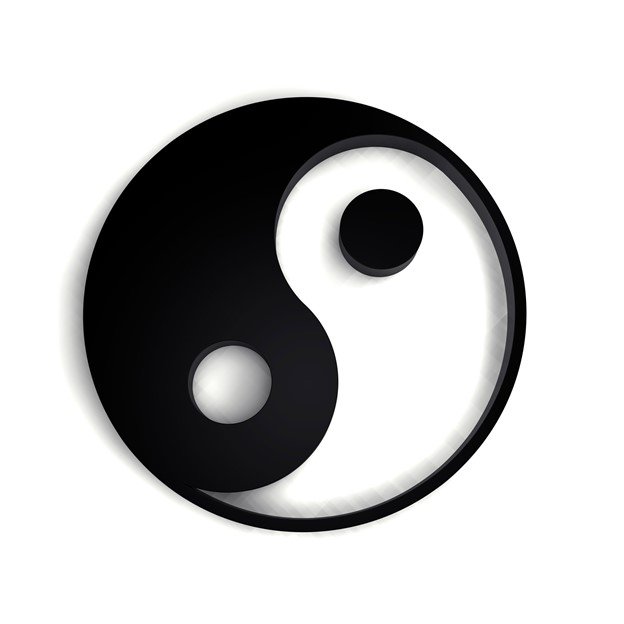Co-founded by Bill Douglas and his wife, Angela Wong Douglas, World Tai Chi & Qigong Day has been dubbed “A Global Healing Phenomenon”. The official motto of WTCQD is “One world…One Breath”. Logo depicted below:
According to The Complete Idiot’s Guide to T’ai Chi & Qigong, both practices “unlock the rigid limitations we hold” to enable our potential to relax both our mind and our body. When we give of ourselves to improve our world, we improve both our physical and mental stress and health. One of the other goals of WTCQD is educating millions of people around the world about the benefits of Tai Chi and Qigong.
In 2013 Harvard Medical School launched a series of lectures titled "Celebrating World Tai Chi Day." The Harvard Medical School Guide to Tai Chi, released in 2012, cited World Tai Chi Day, writing, "A reflection of how successful the invasion of [of tai chi] has been is World Tai Chi Day, organized by Bill Douglas”.
Bottom line: we are all connected. We are part of humanity!
Participating in WTQD expands and improves your journey. You are joining with hundreds of thousands of people around the world, even during this global pandemic/endemic.
Many of you know that World Tai Chi & Qigong Day is always held on the last Saturday in April worldwide at 10 am local time. This year WTQD falls on this coming Saturday, April 30. Prior to 2020, celebrations worldwide were huge. Unfortunately, most (if not all) were cancelled in 2020. In 2021, many celebrations returned, albeit on a smaller scale. I’ve noted that many previous organizations still have not returned this year as the Covid-19 situation is unstable, and constantly in flux.
Below is the opening statement for WTQD for your perusal, especially if you are new to this very important worldwide celebration:
“This global wave of goodwill provides a vision of hope and healing to a world hungry for such visions. Each year to view the photos of people from different cultures, religions, and every corner of the earth . . . breathing together . . . in this global Tai Chi & Qigong movement . . . is profound.
When you look thru the photographs and videos you see that "look" on people's faces, a look that conveys a feeling that all of us who've experienced the well-being that Qi, or life energy, expands through our mind and body when we make the space to breathe . . . and to let, calm, and wellness expand thru us.
When you see that look in all these diverse faces, from so many different lands, you can't help but deeply realize that we are indeed "one world . . . and, . . . one breath."
We are all connected by the field of life energy that physicists are now discovering permeates all existence.
By immersing ourselves in the field of life energy again and again, we become more and more grounded in the absolute reality that . . . we are all connected . . . all part of the web of life. And, by cultivating and growing the realization personally and globally, we may help in a subtle quiet way to usher in a more elegant future that nurtures us all in ways we cannot yet even imagine.”
For more information: www.WorldTaiChiDay.org
Whether you can find a large celebration, small celebration, get together with a small group, or practice on your own, be sure to take the time to practice your Tai Chi or Qigong (or both) at 10 am. You can do it outside or inside. Just be sure to do it!
Subscribe to receive my weekly blogs in your email.


